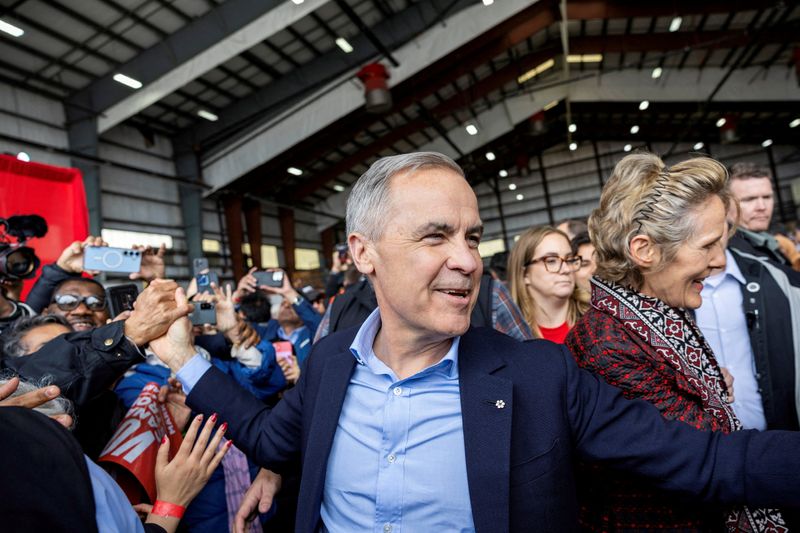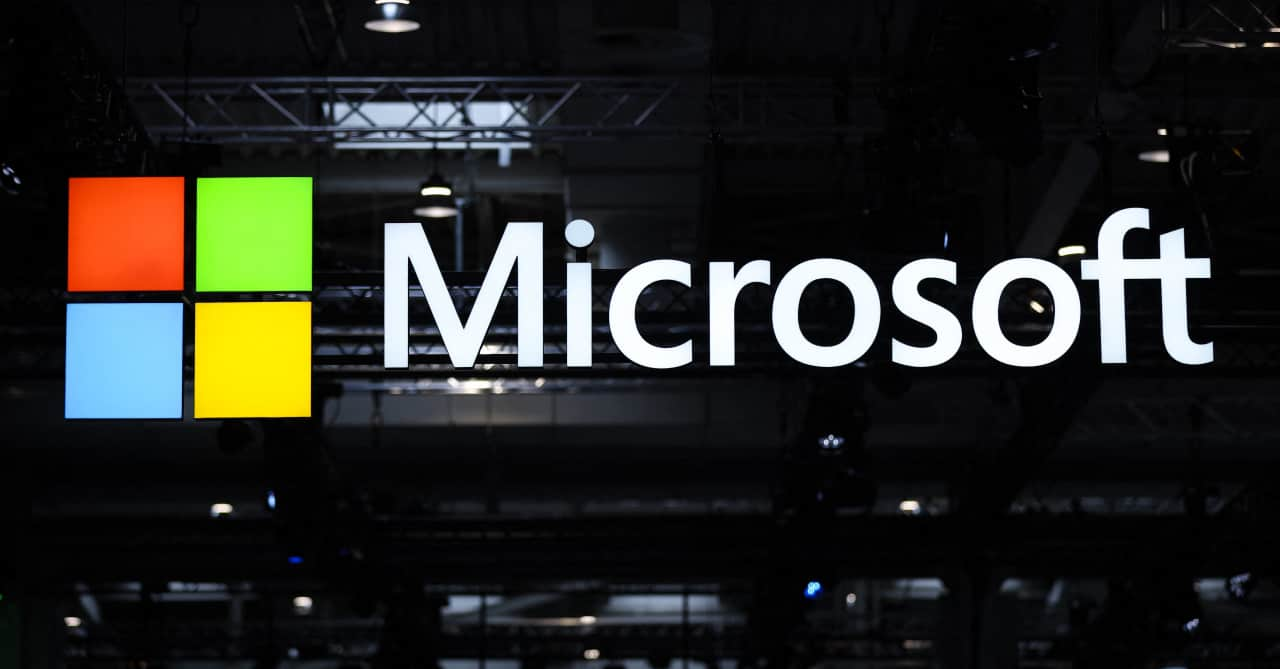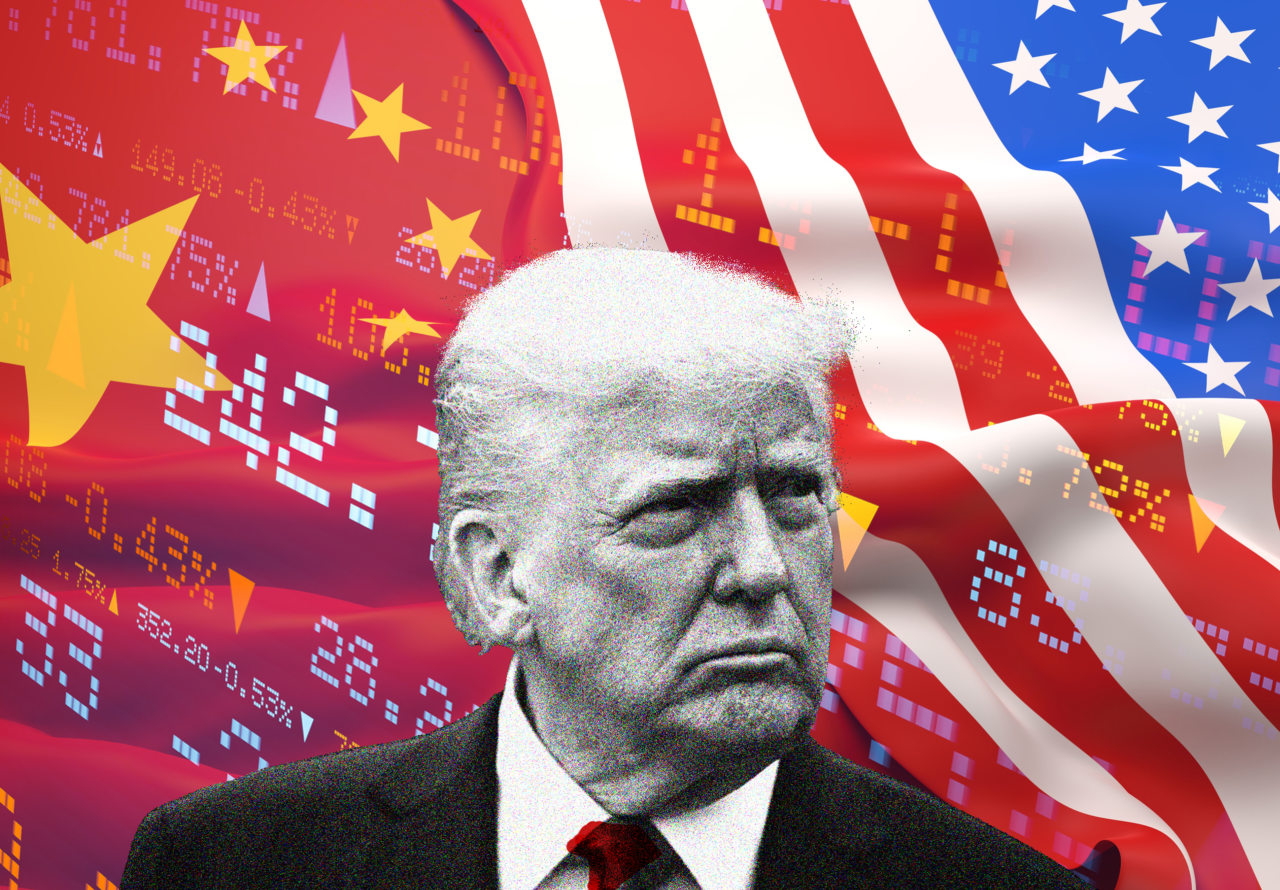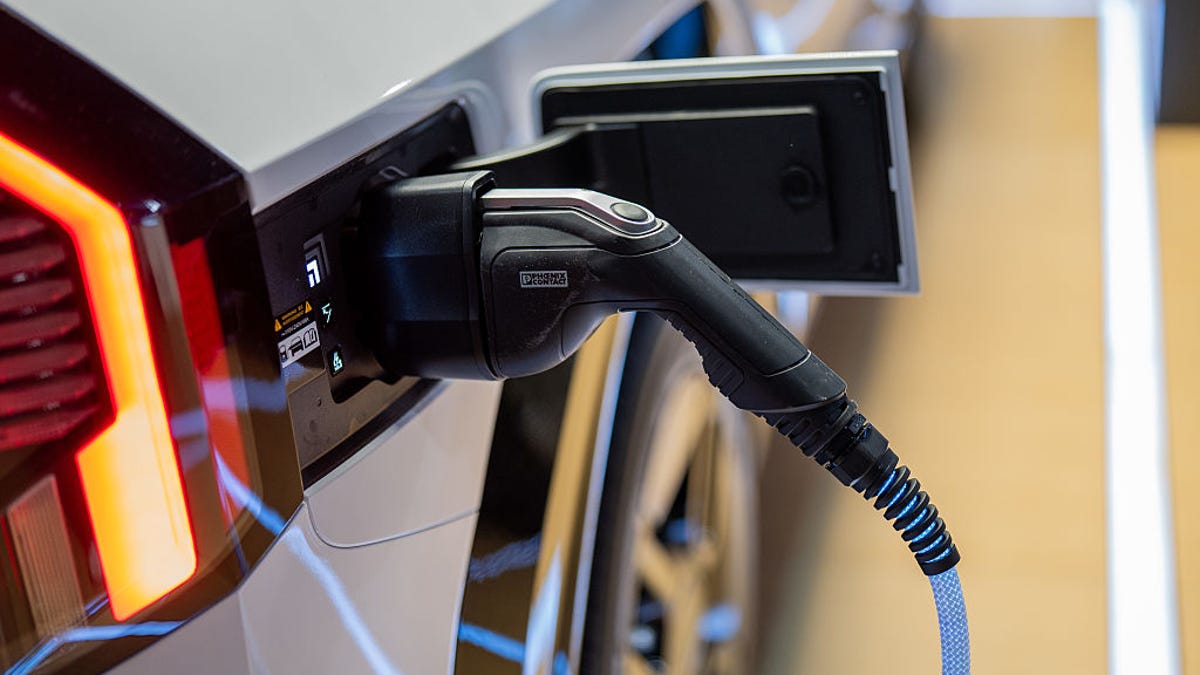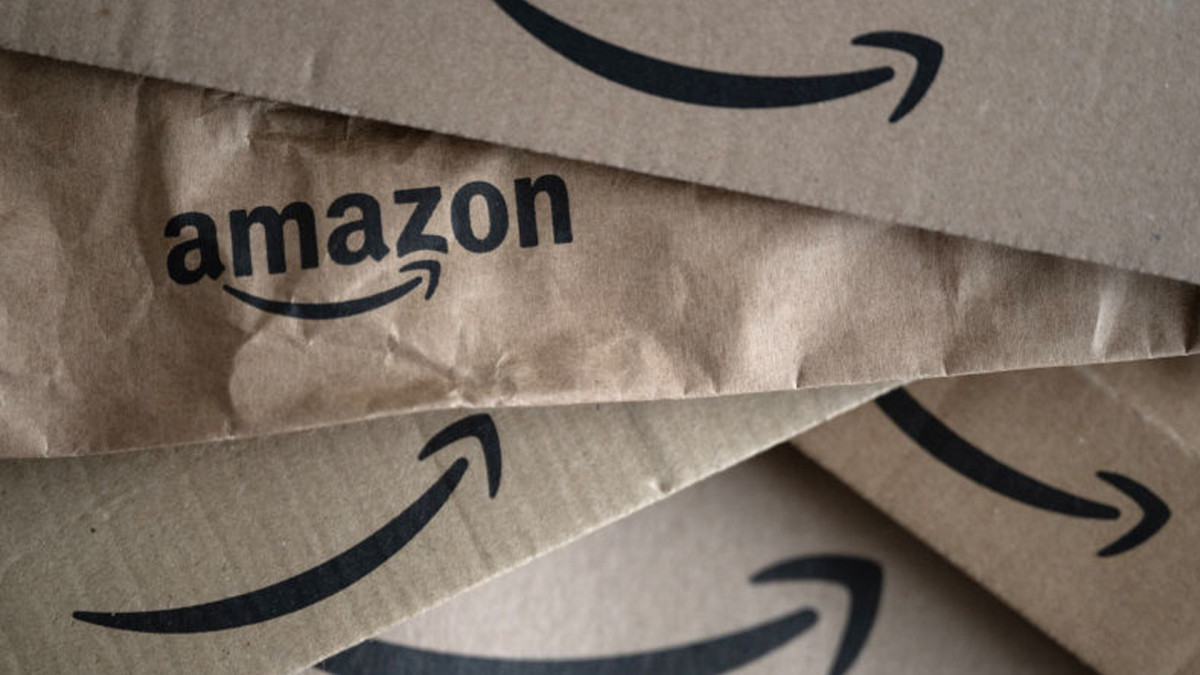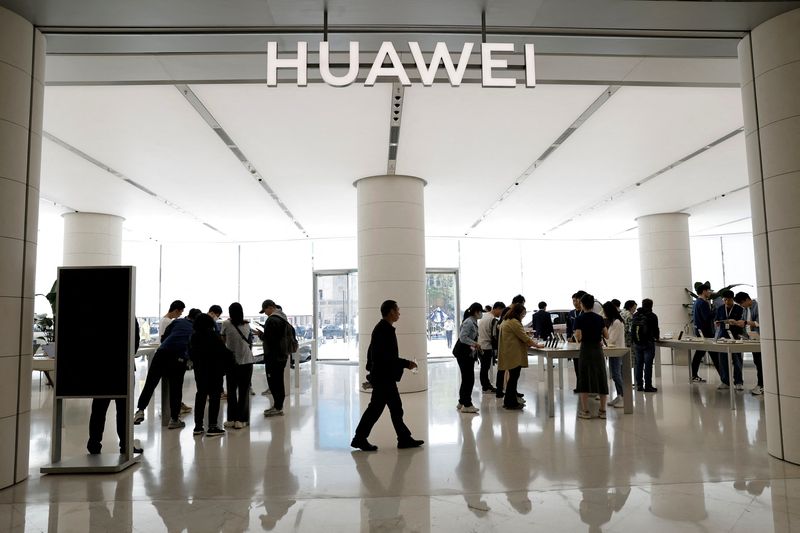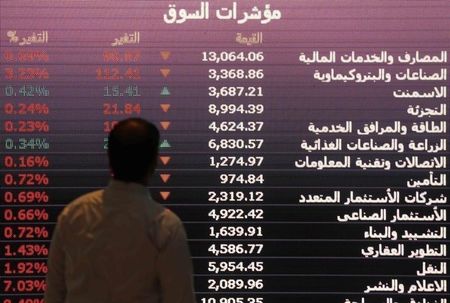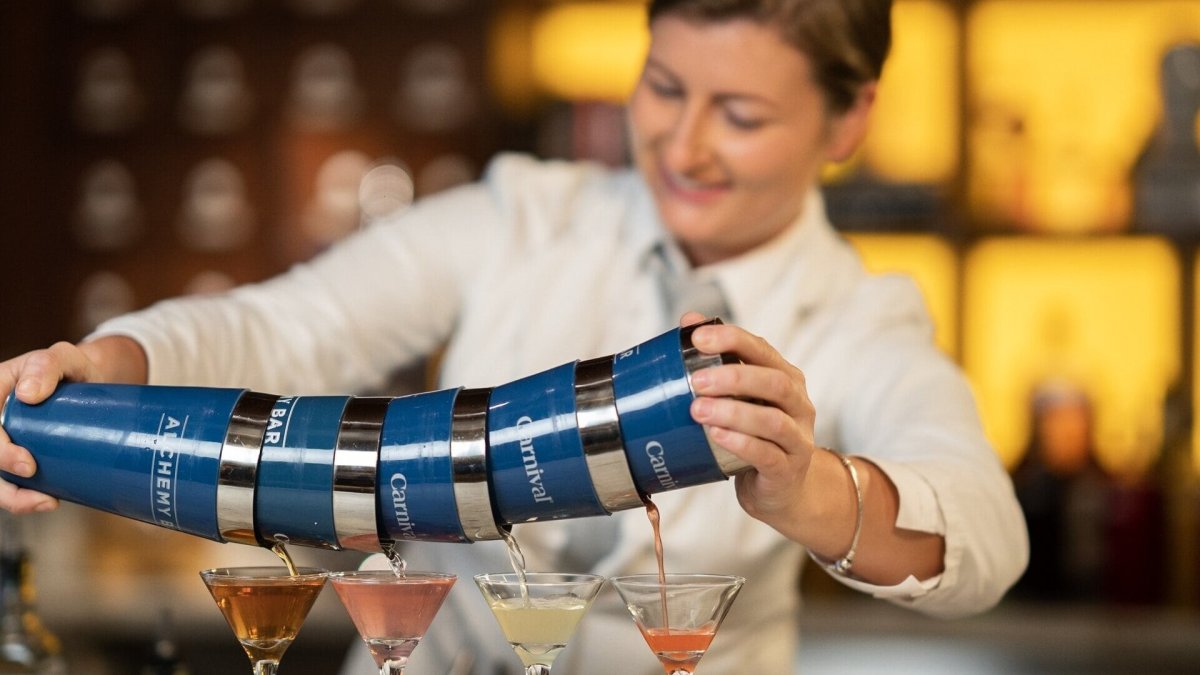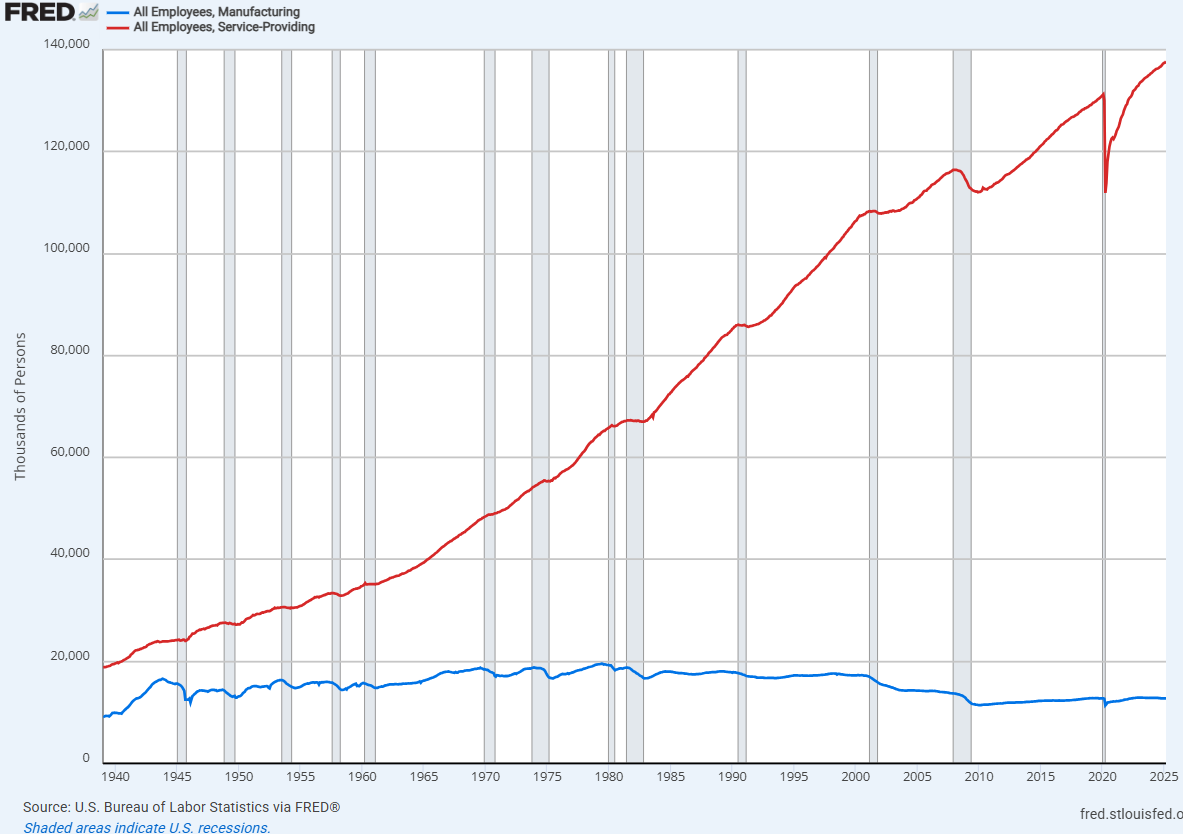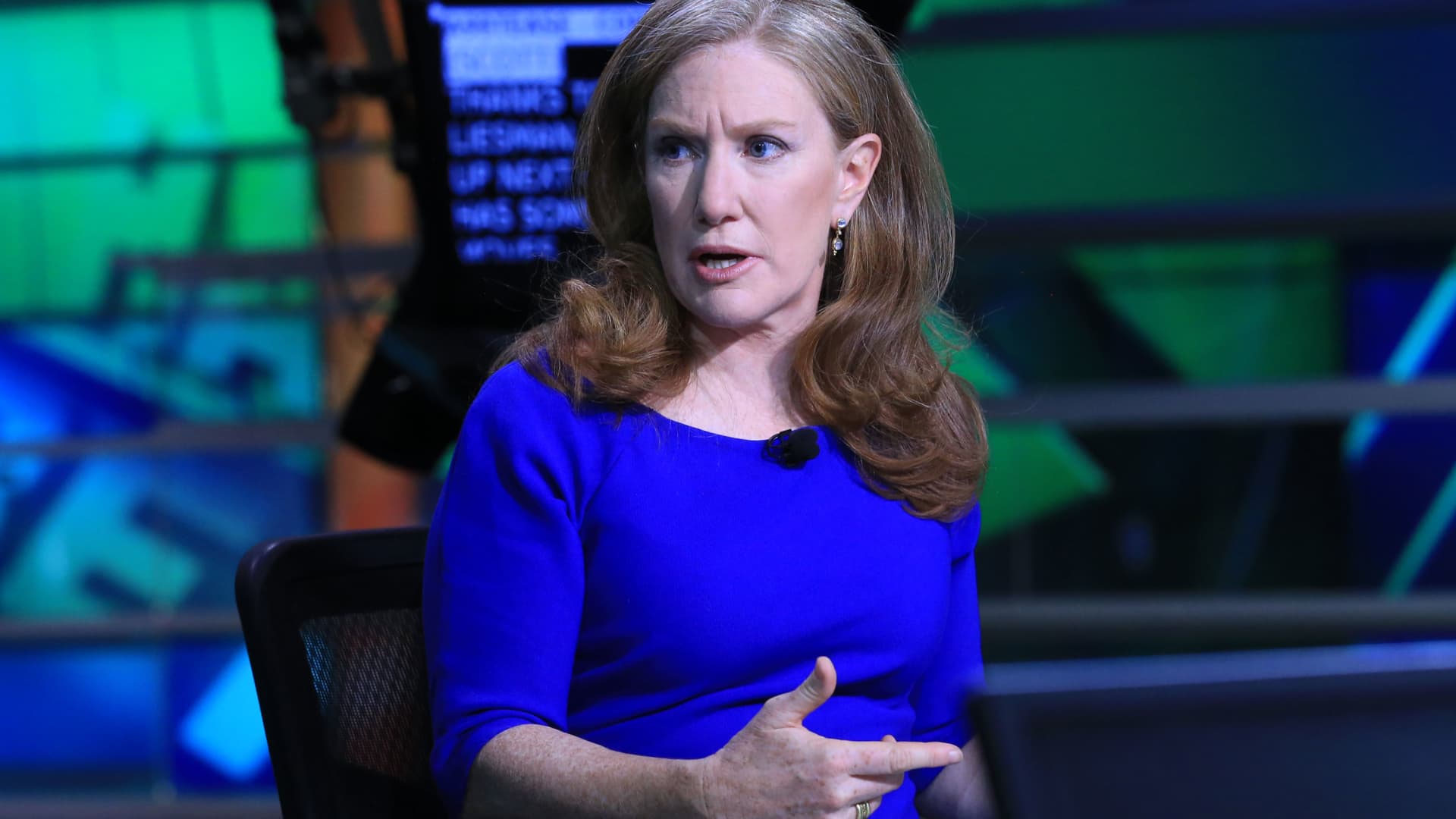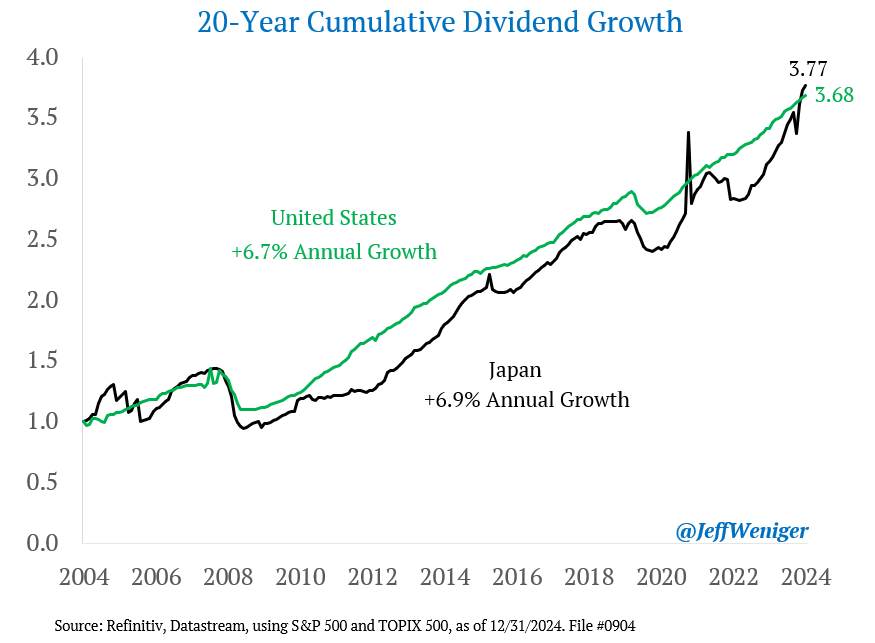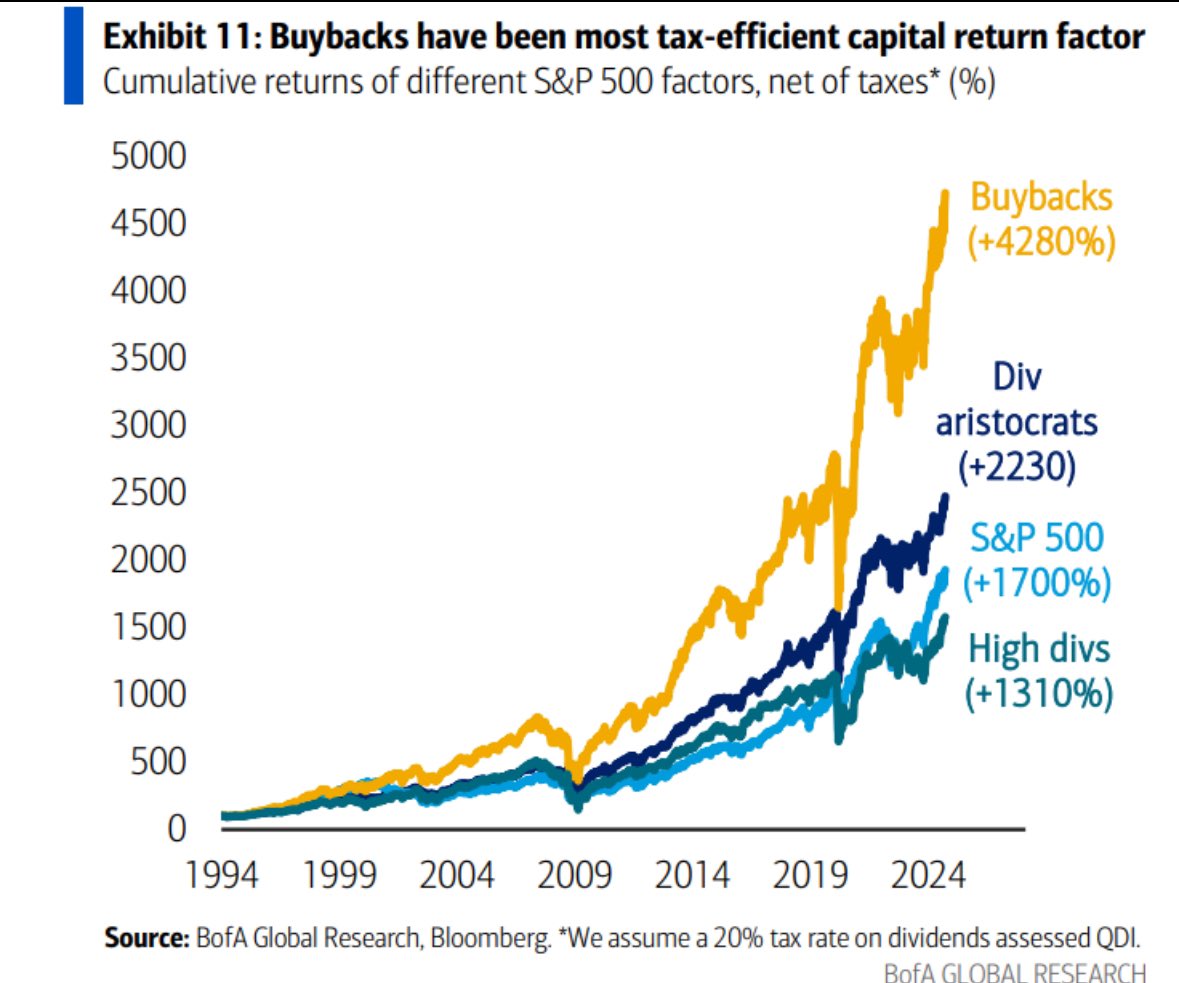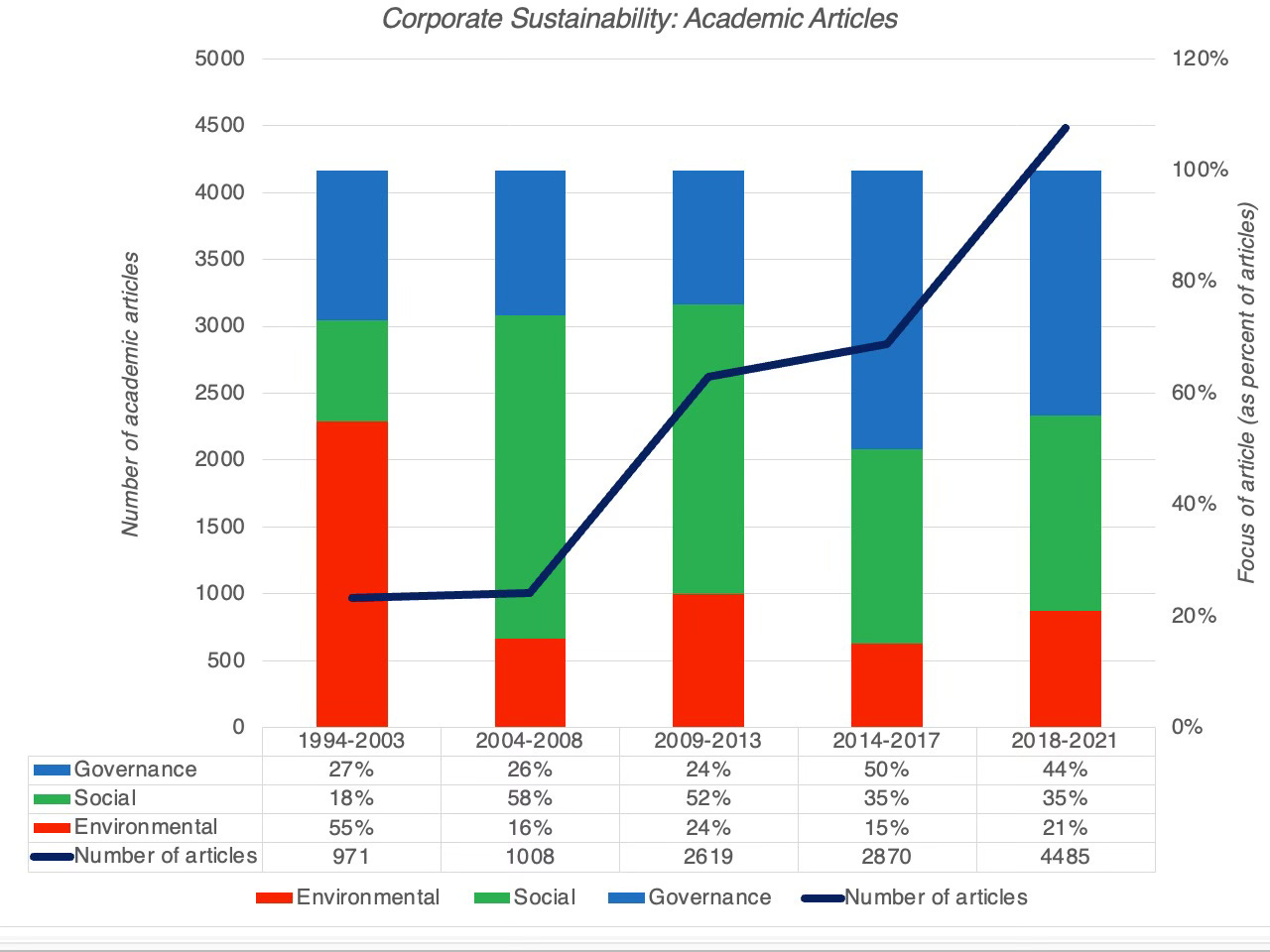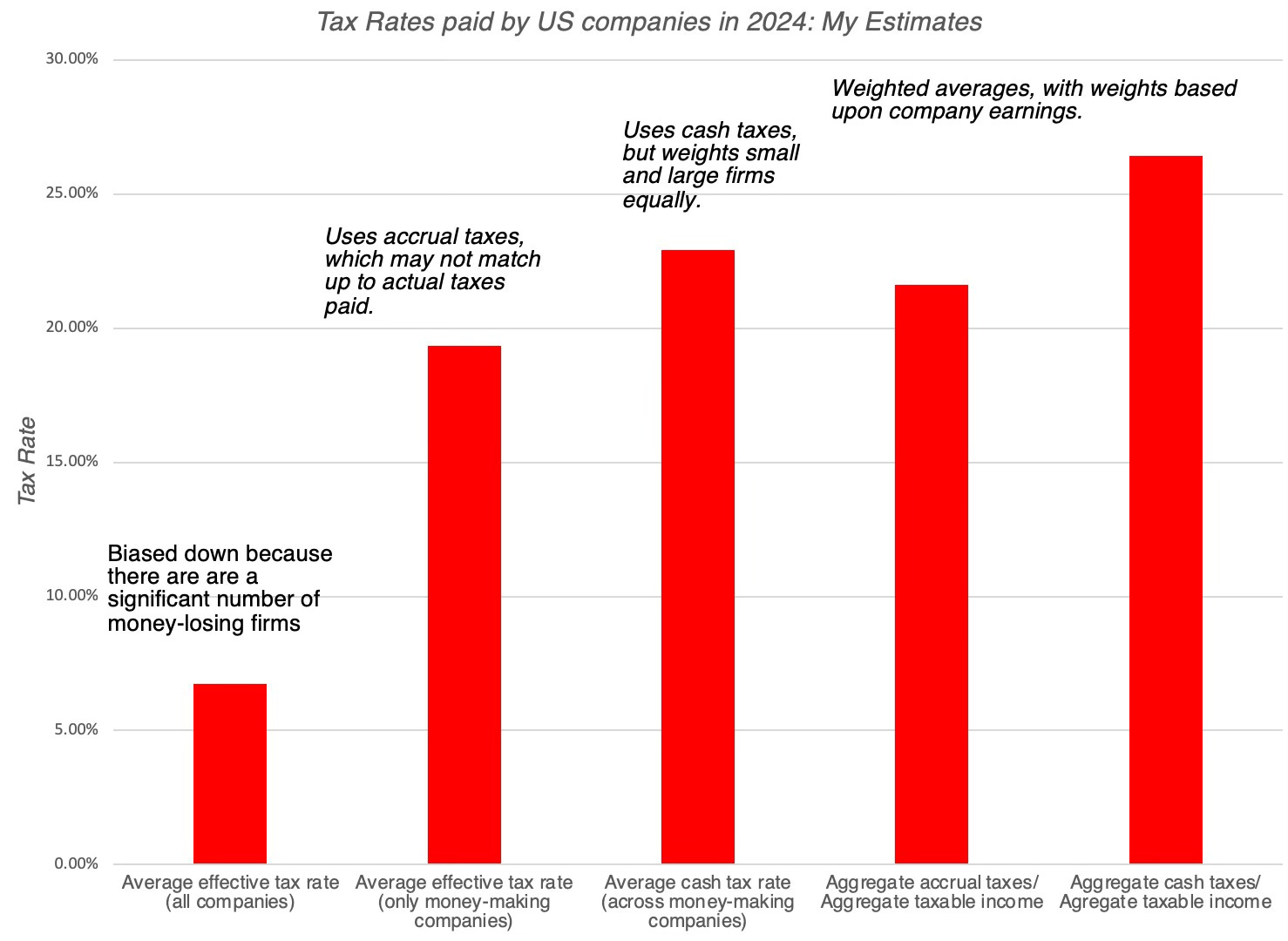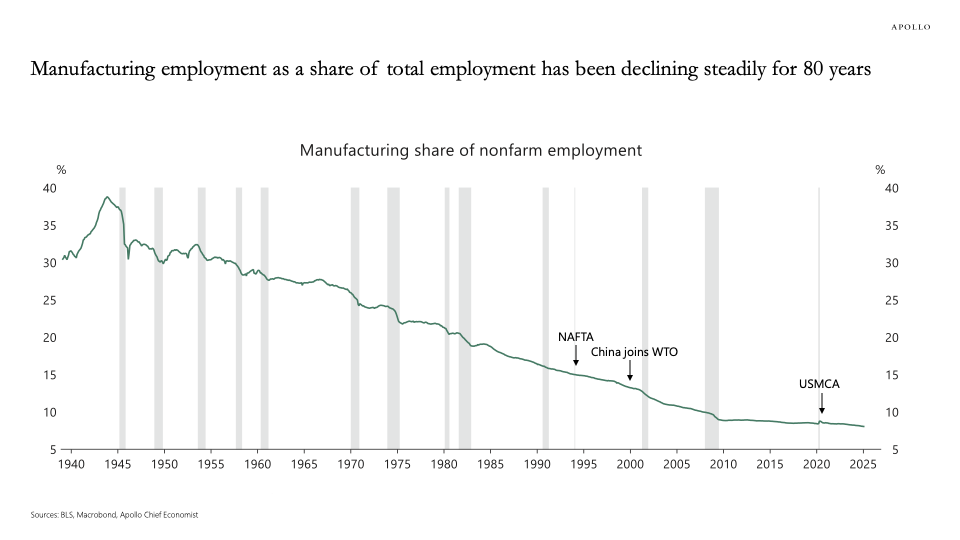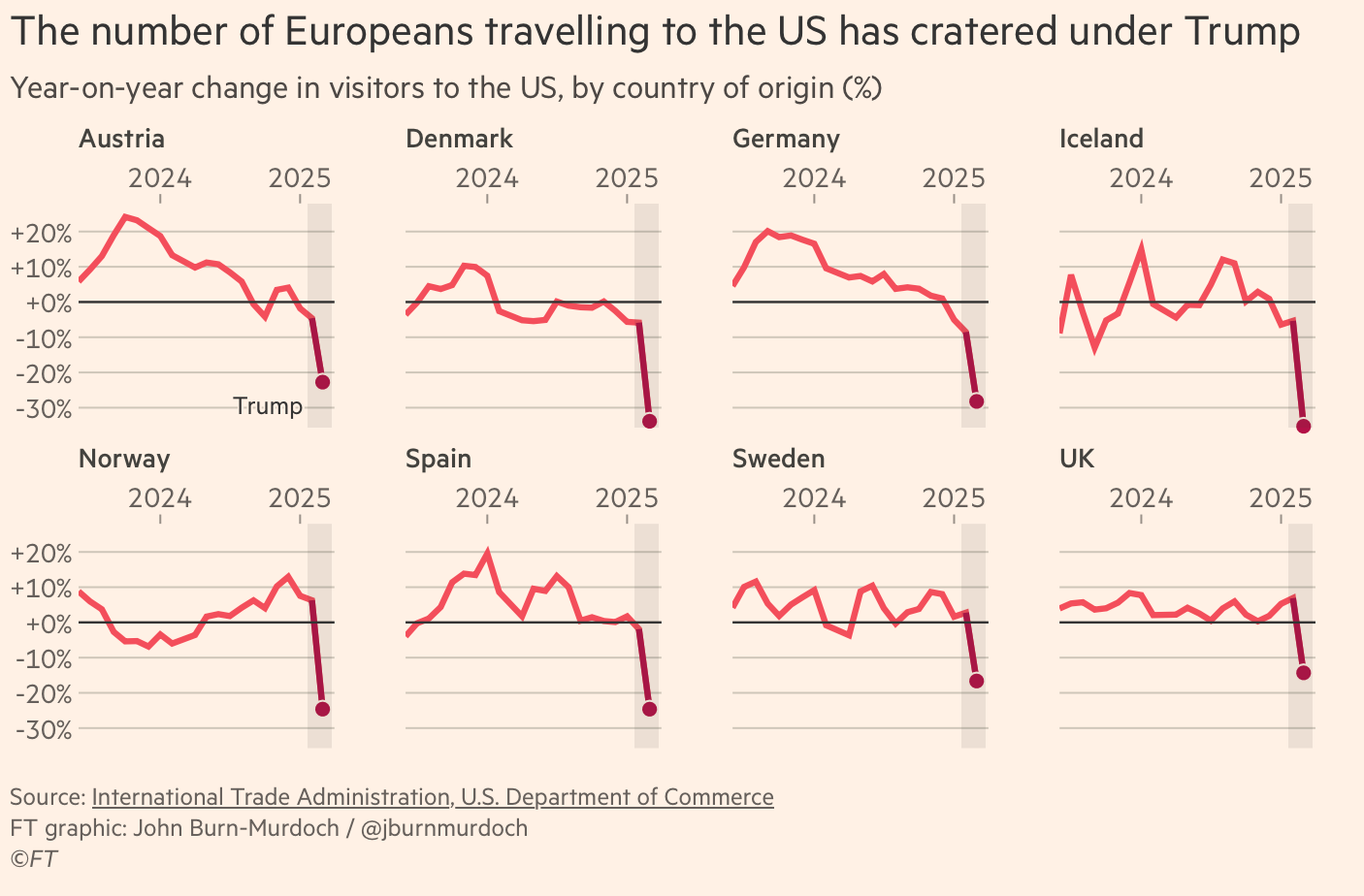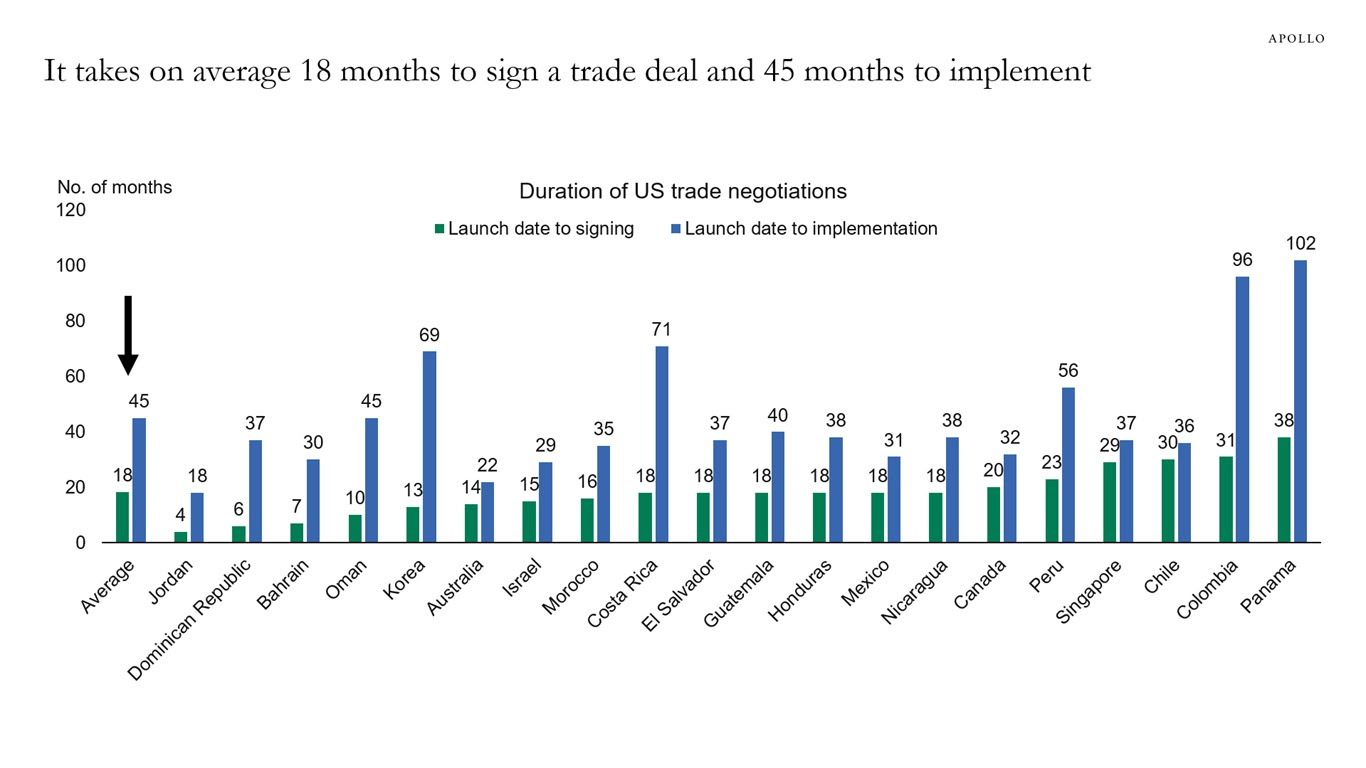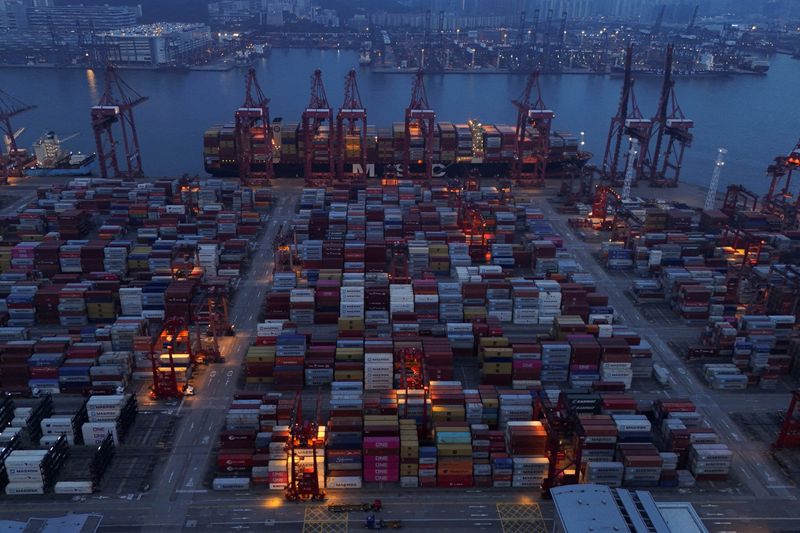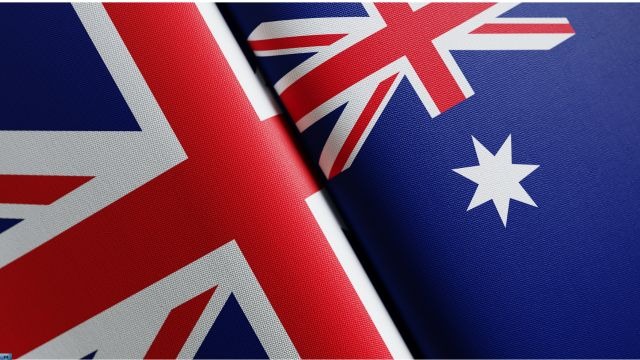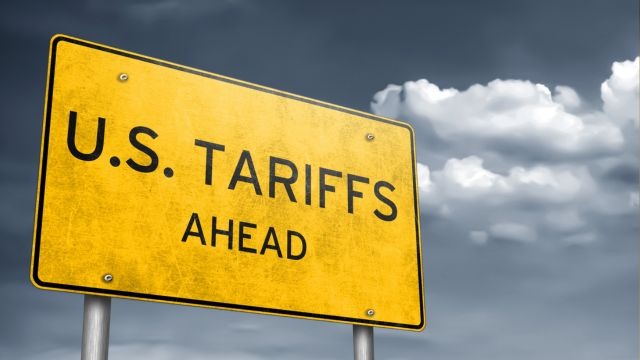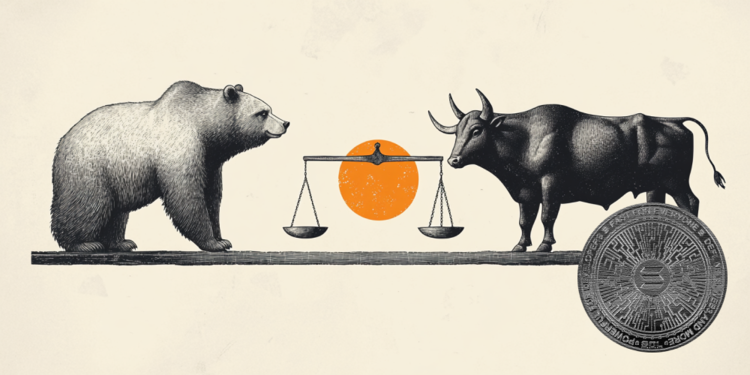Walmart makes $6 billion investment to take on Costco
The super-retailer is capitalizing on a growing new opportunity.
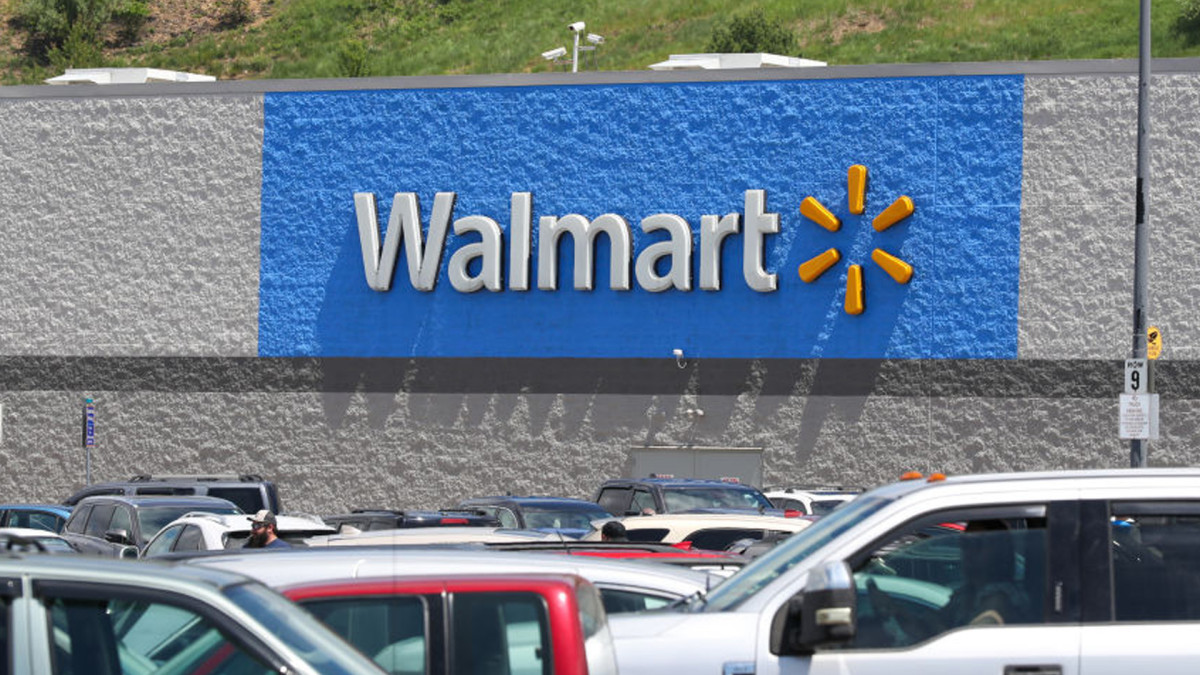
Across the retail industry, most businesses are focusing on bolstering their operations and shoring up the things that work.
They're trying to please customers with things like promotions, limited-time collaborations with popular brands, and by harkening back to simpler, nostalgic times in the hopes that customers will continue to shop like they used to.
Related: Walmart store section closing indefinitely after scary incident
They're also working hard to protect what remains of the competitive moat they may have.
Increasingly, that's becoming a harder task, since some of the largest retailers in the U.S. are gobbling up competition and beating almost every smaller retailer at their own game.
This phenomenon is often referred to in the industry as the great consolidation. Smaller mom and pop shops are finding it harder to survive. So they're getting bought out (or, in less friendly circumstances, run out of town) by the larger corporations.
That's why, nowadays, the average Main Street now looks less like a 1950s Norman Rockwell painting, lined with small, local retailers and more like a billboard for the fiercest Fortune 50 retail companies. 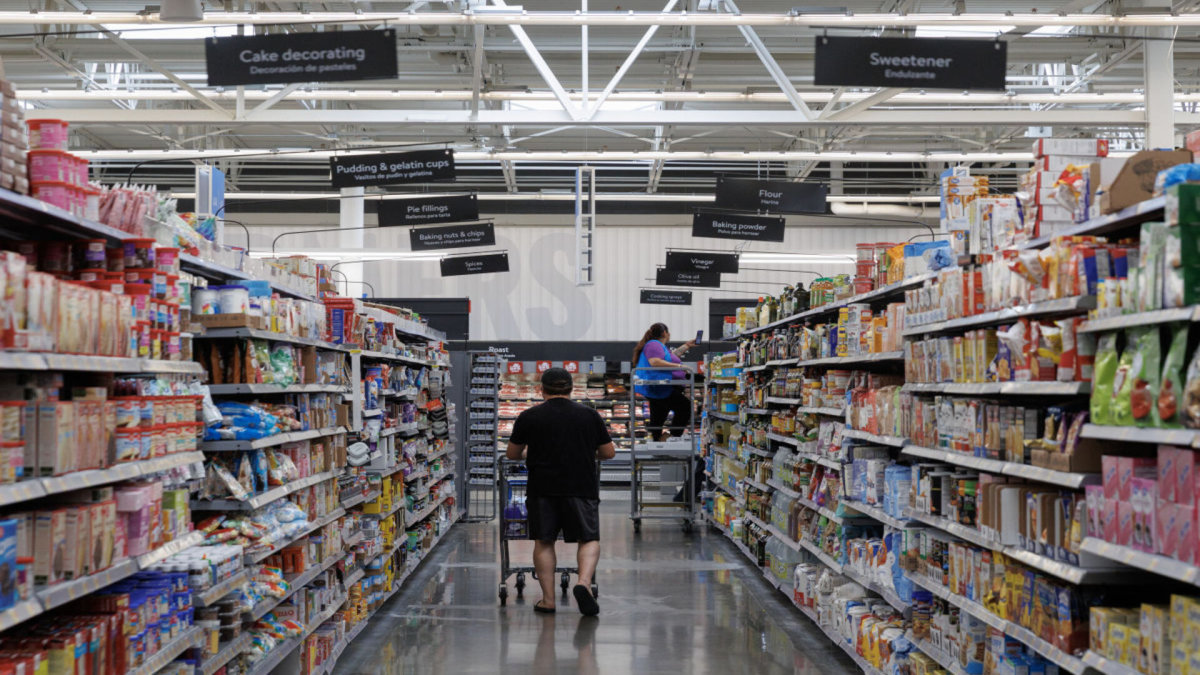
Large American retailers are taking over
It may seem like a bittersweet prospect.
Most large American towns and cities now have their own handful of multinational retailers.
There are about 600 Costcos across the country, close to 2,000 Targets, 2,000 Home Depots, 2,700 Krogers (and its affiliates), and nearly 5,000 Walmarts.
More Walmart:
- Walmart, Kohl's raise alarm bells about a growing threat
- Sam's Club making big new Costco-style membership change
- Walmart's Sam's Club drops self-checkout, adds new anti-theft tech
- Sam’s Club making major change to rival Costco
And it that seems excessive, that's sort of the point.
Consider, for example, the Starbucks model.
Starbucks operates over 17,000 cafes across the United States not because it loves papering the country in a sea of green mermaids, but because it edges out competition.
This is an extreme example, but the general business model holds true: if you saturate the market with enough of your business, customers won't have much of a choice but to patronize your shop.
And this is increasingly possible for America's largest retail corporations, who, after covid, are flushed with cash and able to expand -- either because of or despite market conditions.
Walmart makes a massive new bet
If it seems anticompetitive, consider just how fierce the competition is between some of these mammoth retailers.
Each is in their own footrace to edge out their competitors; anyone who has an opinion about shopping at Target vs. Walmart can attest to this.
And in April, Walmart announced that in 2025 it will invest $6 billion in Central America, specifically Mexico, to expand its various business presences.
Related: Popular supermarket suddenly closing down after 150 years
The massive investment, which is equal to approximately 125 pesos, will see the expansion of the following banners:
- Bodega Aurrera
- Sam’s Club
- Walmart Supercenters
- Walmart Express
This represents about three times Walmart's investment in the region from 2024.
Walmart already operates about 3,200 stores across Mexico.
Costco has made similar moves recently. It announced it planned to increase its presence in Mexico; in 2025 it said it would add about 30 new Costco stores every year, with Mexico as a special region of focus.
Mexico represents Costco's third largest market, behind the U.S. and Canada.




